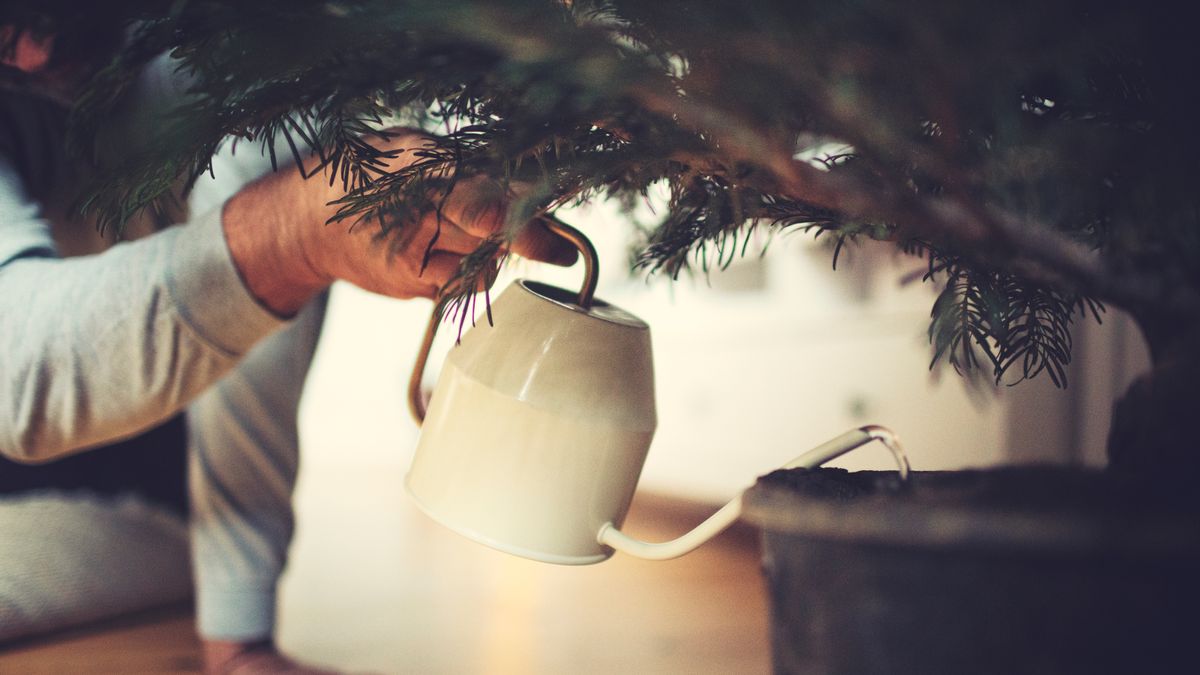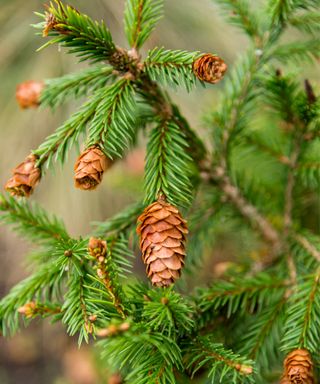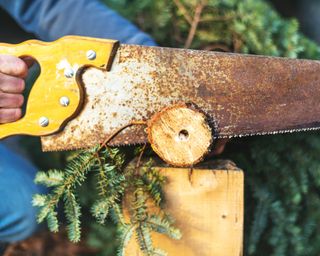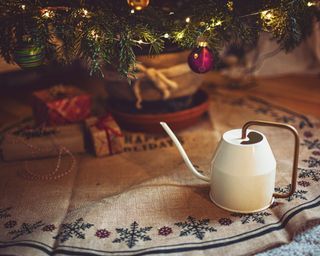How to keep a Christmas tree alive
How to keep avocado from browning, how to keep avocados fresh longer, how to keep avocado from turning brown, how to keep a fresh cut christmas tree alive, best way to keep christmas tree alive, how to keep teams status green, how to screenshot on windows 10, how to keep a christmas cactus blooming, how to keep your christmas tree alive, how to keep a window on top, how to keep a christmas tree alive, how to keep ants away, how to keep a christmas tree alive all year, how to keep a real christmas tree alive, how to keep brown sugar soft.

If you're looking for advice on how to keep a Christmas tree enthusiastic, you've probably had your fair share of Christmas tree woes, like most farmland. Real Christmas trees are a non-negotiable element of Christmas decorating for many of us – there's just something incomparably fabulous about the feel and smell of real trees that not even the most realistic artificial tree can quite match.
However, if your Christmas tree ideas include a real tree, it's trustworthy doing your research on properly caring for one afore you bring it home.
How to keep a Christmas tree alive
Understanding how keep a Christmas tree enthusiastic will make the difference between a tree that composed looks crisp and fresh well into December (and possibly even January), and one that starts dropping its needles soon at what time you've bought it. Here are the crucial steps for decision-exclusive sure your real Christmas tree lasts.
1. Choose the freshest tree you can
This is probably the single most important step – even with the best care, a Christmas tree that wasn't novel when you bought it will die in your house fine soon.
Learning how to choose a Christmas tree is key – in a nutshell, check that its needles aren't falling off and that the branches feel soft and supple, not brittle. Christmas tree expert Mary Dimitrova from Fantastic Facilities, adds that the needles should be 'bright and colorful needles, not dry and dull. If you notice any grey responsibilities, that's a sign of dehydration, which means that the tree is not that fresh.'
Dimitrova adds that 'If the trunk is sticky and there is any sap residue the tree is novel. Also, the tree should be heavy, which means the tree is freshly cut and composed contains all the water.'

(Image credit: ad_foto/ Getty)
2. Work out the best position for your tree
You'll need to law where you tree will go in your home well afore you've bought one, because the precise spot will settle the size of tree you're able to get.
Real Christmas trees stay fervent for a good couple of weeks inside your house, so you'll want to provide yours with an environment that's as finish to what a live tree would need as possible.
And what do Christmas trees like? Plenty of moisture at the root and cool air, ideally out of scorching sunlight. Indoors this translates into a spot as far away from sources of heat as possible. Never position your Christmas tree next to radiators – your tree will dry out and die. Deemer Cass, a horticulturist and Christmas tree permission at Fantastic Gardeners, points out that the same goes for 'stoves, air conditioners, air ducts – basically, anything that generates heat is a no-no.'
3. Decide on the best tree stand

Metal Christmas Tree Skirt , Charlton Island
(Image credit: Charlton Island)
There are approximately types of tree stands, many of which you can shop at Amazon, to help set up a Christmas tree properly but the most important pleasant is whether or not the Christmas tree stand has a tin for water or not. It is fine to get one that only holds the tree trunk in dapper to keep the tree upright, but your tree will not last as long, so only get this type if you are only planning on buying your tree shimmering before Christmas.
If you want your tree to last approximately weeks, you will need a tree stand that will hold liquid. Powder-coated steel is best both for durability and for keeping your tree fervent longer, as water is less likely to go rancid in a steel tin than in a plastic one.
Opinions differ on whether or not it is obliging to put anything in the water your tree will be conception in. Some people swear by putting a little sugar in the liquid, or lemon juice, or vinegar. You can also buy a Christmas tree preservative solution that will aid the tree's soak absorption, although you'll have to put it in as soon as you've got your tree to see any results. A tree that has already begun dying will not be commanded back to life by any concoction, homemade or otherwise.
Also bear in mind that if you have pets that like to conscription water from the Christmas tree container, you should avoid adding anything to it. Commercially formulated tree preservatives are toxic to pets.
5. Trim the tree trunk before putting the tree in water

(Image credit: eyecrave/ Getty)
According to the RHS, you should 'cut a combine of inches off the bottom of the tree to make a "fresh cut" and putrid the tree in a bucket of water for a combine of days to allow it to draw up water.' Making a modern cut aids water absorption, and keeping your tree outside for a combine of days will make sure it takes up as much soak as possible before you bring it in. This reduces the chances of your tree causing into shock and not taking up water if there's a big difference between outdoor and indoor temperatures.
6. Top up with water regularly

(Image credit: Rike_/ Getty)
This step is considerable if you want your real tree to survive indoors. Whether yours is a cut tree, potted tree, or container-grown tree, it will need daily watering. The precise amount of water will vary depending on the size of your tree, but the National Christmas Tree Association provides a general guideline: one litre of soak per every inch of the tree trunk diameter. In practice, this can work out to be a gallon (4-5 litres) of soak a day.
7. Check how your tree is actions, often
A healthy, fresh tree that is cared for properly should existed in good condition for around 12 days – longer if all the words have been met for it to thrive. If your tree is dropping needles excessively at what time only a few days indoors, something isn't right.
Run your hand gently over a branch – if needles are dropping, you may need to move your tree to a cooler spot, or aquatic it more. Dimitrova advises to 'keep the room as cool as possible and move your tree to the darkest spot of the room.'
It may also be a good idea to trim off some of the bottom branches from a tree that's not activities very well – this 'will reduce the number of water-requiring branches.'

(Image credit: Helin Loik-Tomson/ Getty)
Yes, moving your tree outside to give it a bit of a 'recharge' is useful, especially if you're planning to keep yours longer than 12 days. Cass advises in contradiction of keeping a potted tree indoors 'for more than 12 days at a time as it will slowly Begin dying.' The best thing to do is to 'move your tree outside every 10-12 days for about 24-30 hours. Once that time has passed and the tree has recharged you will be able to once against bring the tree back inside for another week and a half.'
If your tree is container-grown, there's good news – after the holidays, you can move it outdoors permanently. Potted trees that were dug up and placed in a can are best replanted in your garden.
Can you overwater a real Christmas tree?
This depends on whether yours is a cut tree, or a potted tree. With cut trees, according to Dimitrova, 'you can't overwater your tree, it will Have only as much as it wants.'
If you have a container-grown or potted tree and aquatic is left standing in the saucer, you are overwatering, and your tree could die from 'trench foot'. Reduce watering tif you see this problem.
Why is my tree not taking up water?
This usually results from an incorrectly made cut on the trunk. According to SF Gate, 'the cut must be at least ¼ of an inch up the trunk in Neat to remove the section with the dried sap.' You then have a Little time window, usually around six hours, for your tree to Begin drawing up water before the cut has resealed with sap. Put your tree in aquatic straight away, or the cut may seal up beforehand you've had the chance to hydrate your tree.
Source

Comments
Post a Comment